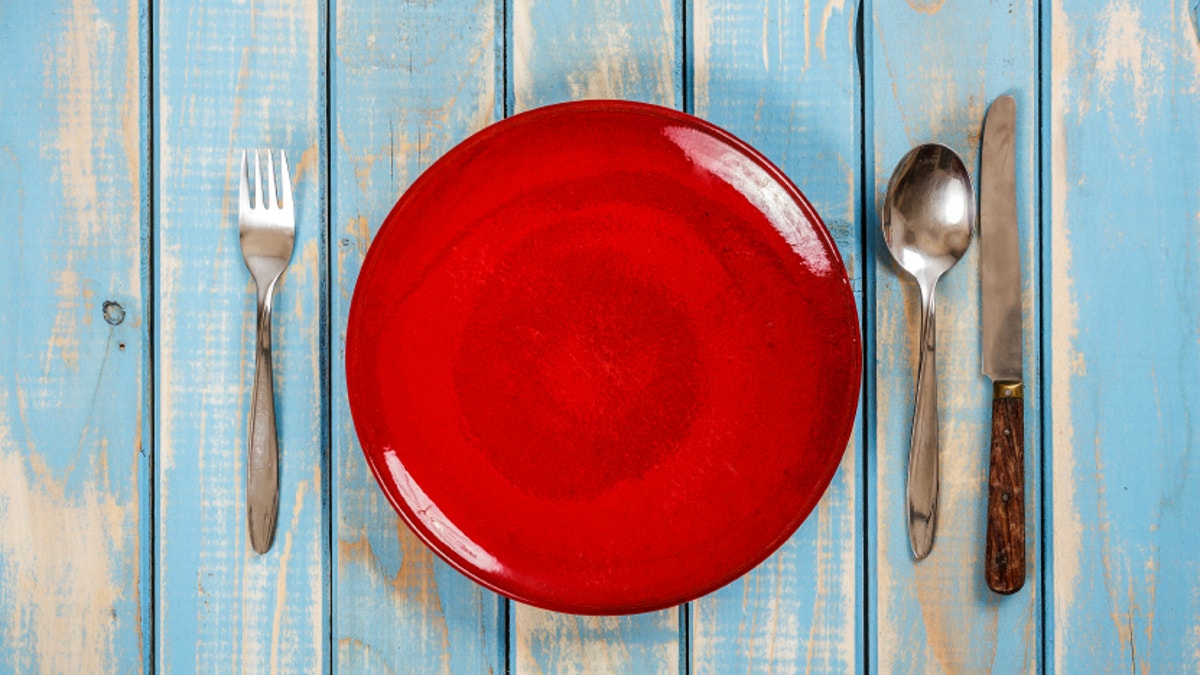
On the brink of swimsuit season, weight loss is on everyone’s mind. The latest craze in fad diets is likely to have the pounds inching back on just past spring break. However, a new study may have discovered that one simple behavior – changing the color of your dinnerware – could stop you from overeating.
With rates of obesity reaching all-time highs around the globe, scientists are eagerly seeking solutions to the excess consumption of food. One study found that the contrast of food on a colored plate changed the amount of food a diner heaped onto his or her plate. For example, when consuming spaghetti with marinara sauce, diners served themselves less when the plates were red – the same color as the sauce. The same was true with white sauce on white plates. By contrast, however, when the sauce and the plate were different colors, the diners served themselves larger helpings.
This study led researchers to question the impact of plate color on food consumption. Would diners eat less if there was less of a contrast between the plate and the food or do certain colors trigger a reduction in consumption?
A recent study published in the journal, Appetite, found that seeing the color red, as in a red plate, reduced over consumption. The study compared consumption of not only food, but also products when sampled from red plates versus other colors.
The study, conducted in Italy, observed usage patterns and enjoyment of a food or product served on different colored plates. Differences were measured based on color intensity of the plate and the contrast between plate color and food or product.
The findings unveiled surprising results: All items served on a red plate were consumed substantially less than items served on the blue or white plates. Even when the data was analyzed for preference for a certain food, those who claimed a profound enjoyment of a specific food item still consumed less from a red plate than those eating off the alternate colors and did not have a specified affinity for the food item. Use of hand cream followed a similar pattern.
While the results seem to conclude that red may top the list of this season’s “it” color for dinnerware, there are limitations to the study’s findings. During the study, participants were unaware that researchers were observing the effects of plate color on consumption or use. It remains unclear how effective the use of red plates is with the knowledge or expectation that red plates will curb the appetite.
Psychologists know that color can influence emotions and induce certain reactions and behaviors. For example, red is often associated with “stop” and “danger,” however it can also be the color of romance – red roses, red lipstick and a red dress. Context plays a substantial role in the reaction to color.
The effect of the red plate, for now, is limited to spontaneous exposure. This may be helpful to marketers, restaurants and those treating individuals suffering from eating disorders, but its usefulness as weight loss aid remains to be seen.
